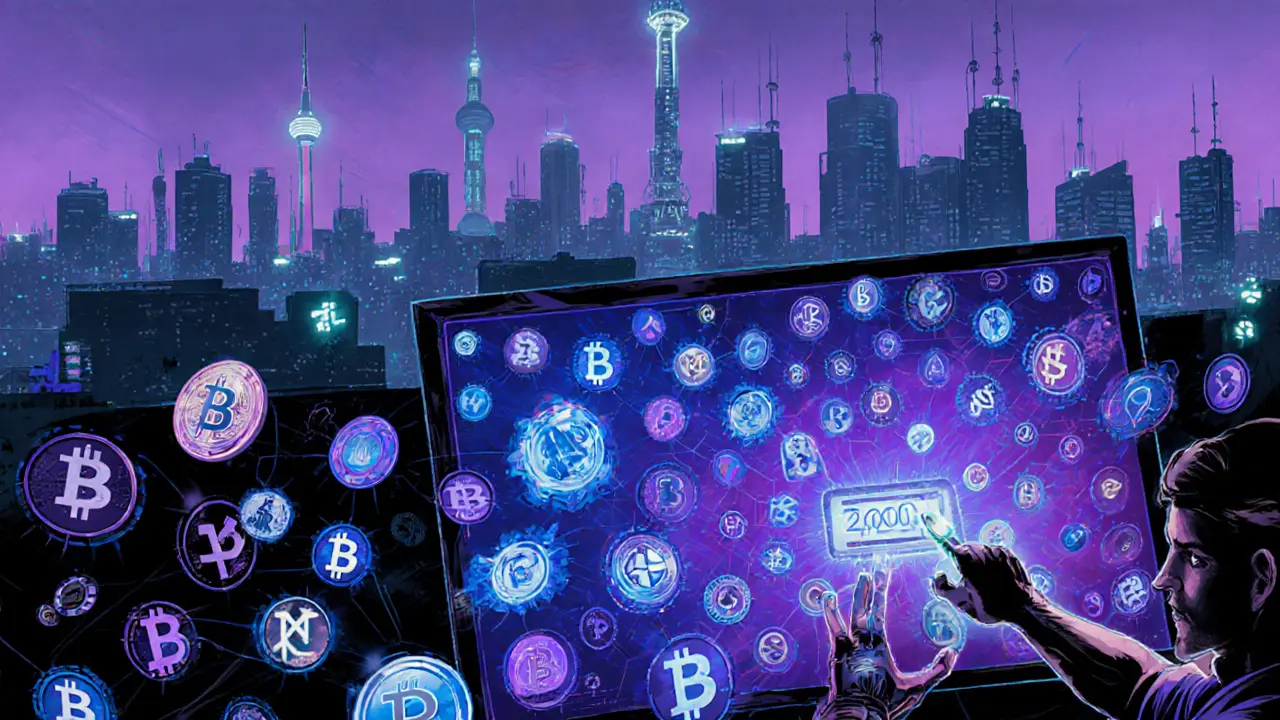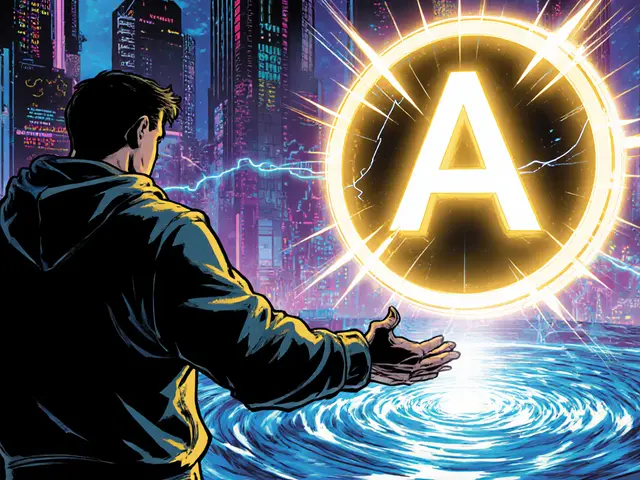Exchange Shutdown: What It Means, Why It Happens, and How to Protect Yourself
When talking about Exchange Shutdown, the permanent or temporary closure of a cryptocurrency exchange platform, usually triggered by regulatory, financial, or security problems. Also known as exchange closure, it often forces users to scramble for their funds and reassess their trading strategy.
One of the most talked‑about cases is Binance JEX, a former Binance derivatives exchange that shut down in 2024 after a series of regulatory challenges. The shutdown came after regulators in multiple jurisdictions flagged compliance gaps, which illustrates the semantic triple: Regulatory pressure influences exchange shutdown. When a platform loses its license, the service instantly stalls, and users lose access to open orders. This chain reaction shows why keeping an eye on legal news is as important as watching price charts.
Common Triggers for an Exchange Shutdown
Besides regulatory action, financial insolvency can seal an exchange’s fate. Exchange shutdown often follows a liquidity crunch, where the platform can’t meet withdrawal demands. Security breaches are another driver; a major hack can cripple trust and push an exchange to close rather than rebuild. Each trigger creates a ripple: users must move assets, DeFi projects lose a gateway, and market sentiment dips.
Consider COINSPACE, an unregulated crypto broker that faced hidden fees and eventual closure, leaving many traders stranded. Its demise underscores the triple: Hidden fees lead to user backlash, which can accelerate exchange shutdown. When fees aren’t transparent, users abandon the platform, liquidity drains, and the exchange may decide to shut doors rather than overhaul its model.
Another example is CremePie Swap, a Polygon‑based DEX flagged as high‑risk that eventually stopped operations after multiple scam reports. This scenario shows the link: Scam allegations increase regulatory scrutiny, which can trigger exchange shutdown. For traders, the lesson is clear – diversify across reputable platforms and keep funds in wallets you control.
Understanding why exchanges close helps you devise a safety net. In the list below you’ll find deep dives into specific shutdowns, how to spot warning signs early, and actionable steps to protect your crypto stash. Whether you’re curious about past closures or want a checklist for future incidents, the articles ahead give you the practical insight you need to stay ahead of the curve.




